Yesterday’s practical tools outlived the trends that replaced them.
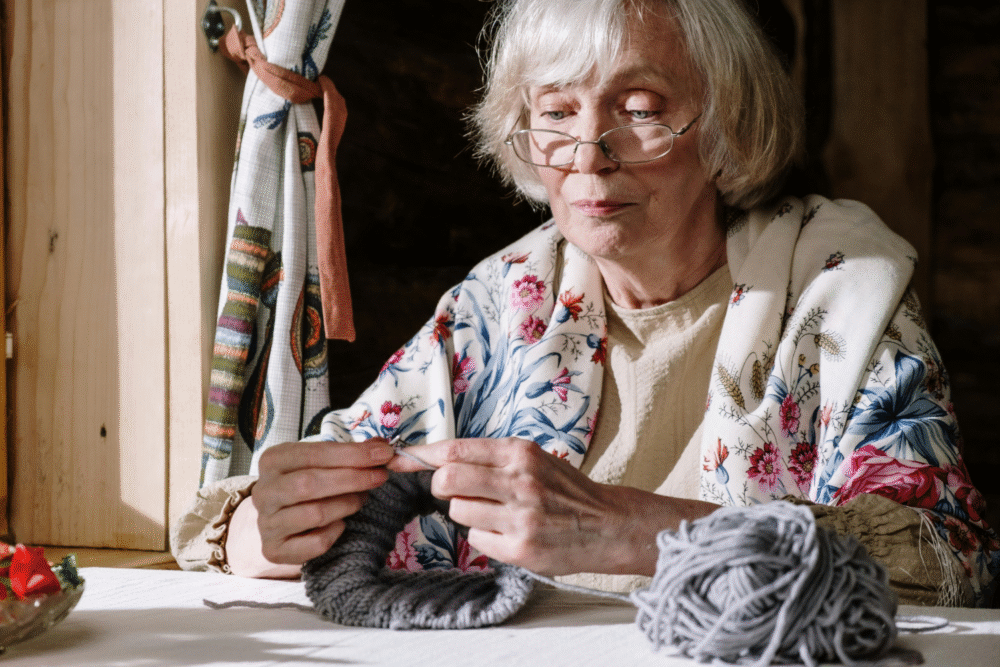
Grandparents weren’t minimalists for aesthetics; they were strategists by necessity. Their tools weren’t gadgets—they were solutions that worked forever and rarely needed instruction manuals. As disposable culture creaks, those objects look wise again: durable, reparable, and weirdly elegant.
This isn’t a flea-market fantasy. It’s a return to things that behave better than their newer cousins. Here are ten vintage staples staging smart comebacks—and the reasons they fit modern life with surprising grace.
1. Cast-iron skillets outlast nonstick fads.

Seasoned iron sears like a steakhouse and slides like a dream, provided you treat it with oil and respect. It’s stove-agnostic, oven-safe, and indestructible enough to outlive trends and owners. Grandparents valued that permanence—and the flavor it quietly accumulates.
In a disposable age, cast iron’s patience feels radical. No peeling coatings, no fragile handles, just heat discipline and care. The comeback is practical romance: food tastes better, tools last longer, and maintenance becomes part of the ritual instead of an afterthought.
2. Fountain pens turn notes into keepsakes.
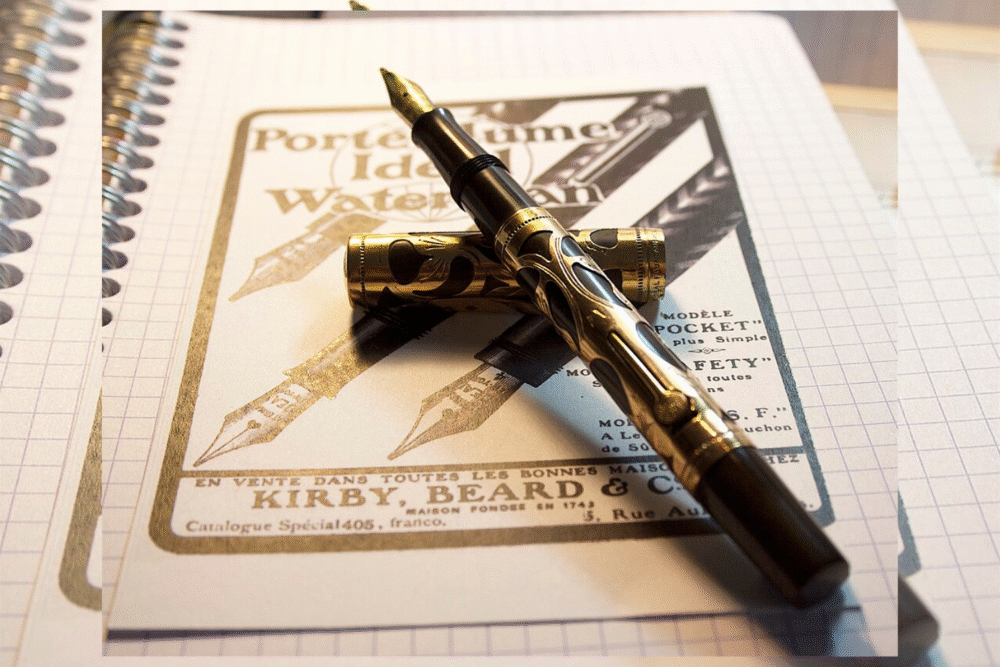
Ballpoints sprint; fountain pens stroll. They slow your thoughts just enough to make meetings clearer and journaling kinder. Ink choices turn handwriting into a mood board, and maintainable nibs outlive boxes of disposable pens. Grandparents prized reliability—refill, not replace.
Today’s revival owes as much to calm as craft. Analog routines puncture digital haze. A good pen makes signatures feel intentional and to-do lists oddly elegant. You don’t need ten; you need one you’ll keep, repair, and pass along with a story.
3. Wool blankets warm smarter than synthetics.

Wool insulates when damp, breathes when hot, and shrugs off campfire ash. Retro patterns now read as stylish, but the real miracle is performance that never required a brand campaign. Grandparents layered wool because it simply worked in drafty houses and cold cars.
Modern heating quirks and outdoor weekends make the case again. One durable blanket replaces a closet of seasonal throws. Repairs are easy, moth care is learnable, and the feel—weighty but soft—turns streaming nights into rituals instead of routines.
4. Manual coffee grinders make ritual portable.
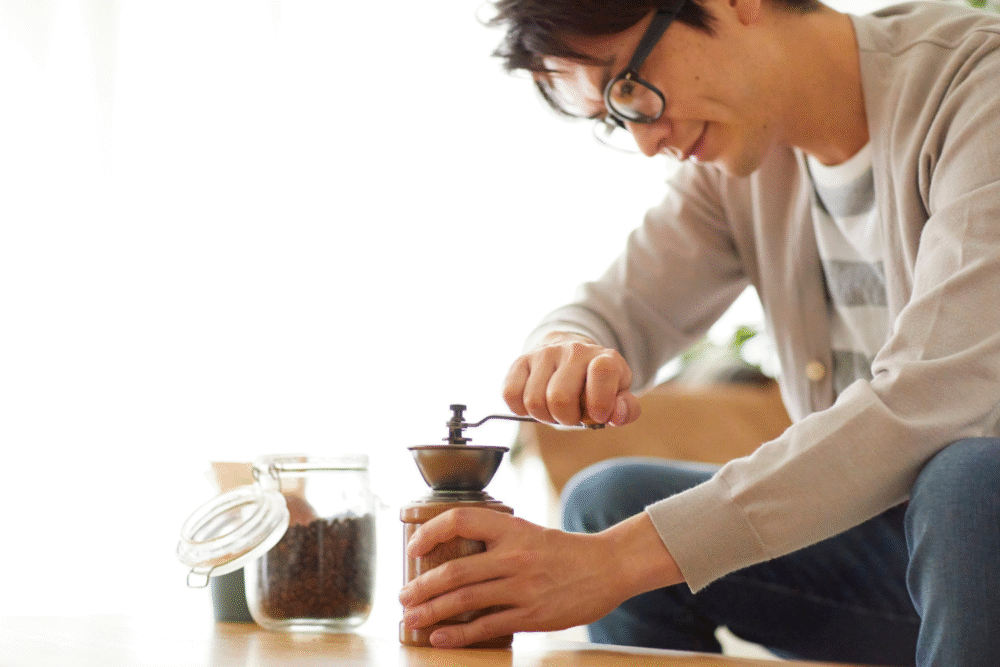
Steel burrs, hand crank, and no outlet required. Grandparents crushed beans for percolators; today’s travelers pack grinders for cabins and power outages. The grind is consistent, the sound meditative, and the cup shockingly good.
The comeback is both thrift and taste. A small, well-made grinder outperforms flashy electric cousins that die young. You control texture, avoid overheating beans, and start mornings with an accomplishment before emails find you. It’s competence, brewed.
5. Safety razors replace plastic subscriptions.

A metal handle and double-edge blades turn grooming into a quiet craft. Grandparents shaved cheap and clean; refill blades cost pennies and the tool lasted decades. The technique curve is real, but so is the satisfaction.
Sustainability drives the return, but so do skin and budgets. Fewer passes, fewer ingrowns, less waste. You buy steel once and blades forever. It’s the rare upgrade that’s cheaper and better—and handsome enough to leave on the sink.
6. Rotary egg beaters outmuscle sticky gadgets.
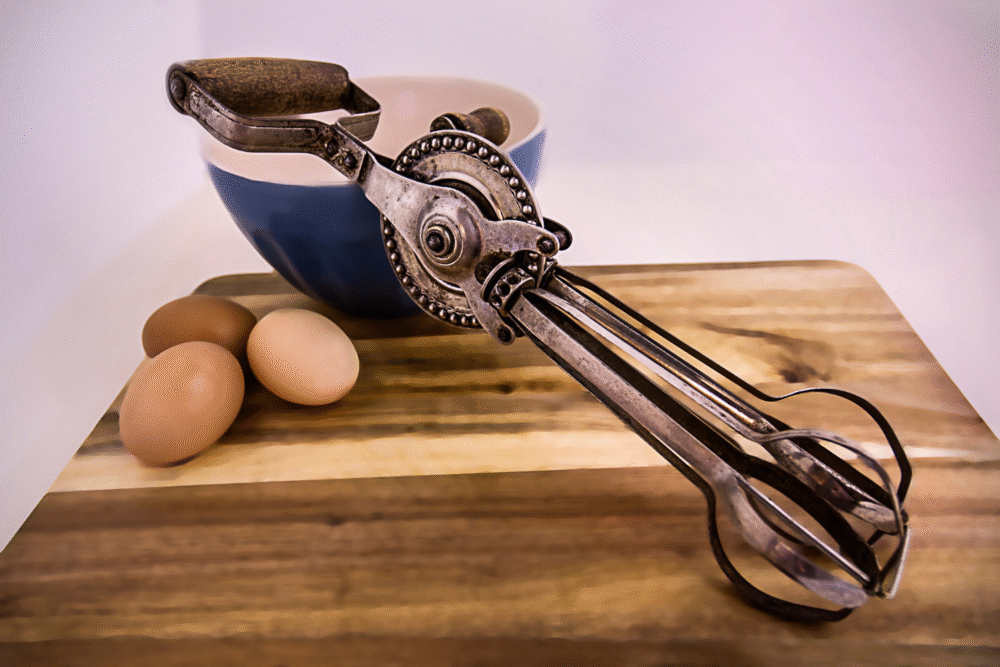
Hand-cranked beaters whip cream and batters with mechanical poetry. They wash quickly, never clog a drawer with cords, and won’t burn out mid-meringue. Grandparents cooked in kitchens that prized reliability over spectacle.
Today’s small kitchens benefit most. One sturdy tool replaces a parade of single-purpose plastics. You become the motor—quieter, steadier, and more present in the recipe. It’s not anti-tech; it’s pro-simplicity, and the results are delicious.
7. Enamelware laughs at rough handling.
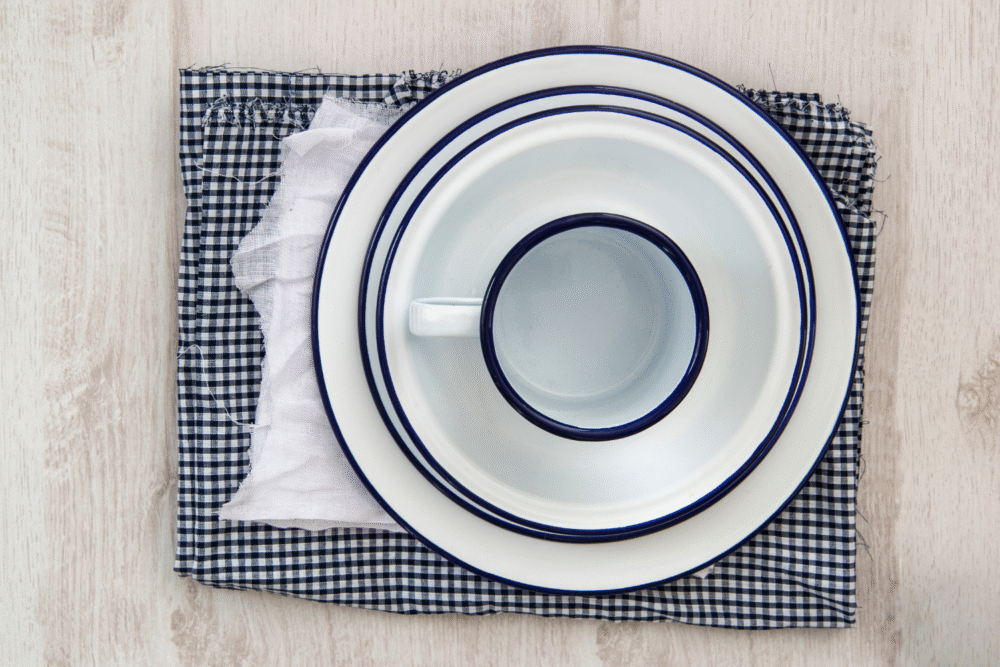
Speckled enamel pots and mugs moved seamlessly from stove to campsite to sink. Chips told stories, not failures. Heat distribution stayed friendly, cleanup stayed human. Grandparents loved tools that didn’t sulk when knocked.
The revival suits chaotic households and outdoor weekends. Enamel looks cheerful, stacks neatly, and forgives clumsy mornings. It’s durable enough for kids, attractive enough for guests, and timeless enough to bridge cabins and apartments without looking out of place.
8. Sewing machines make wardrobes resilient.
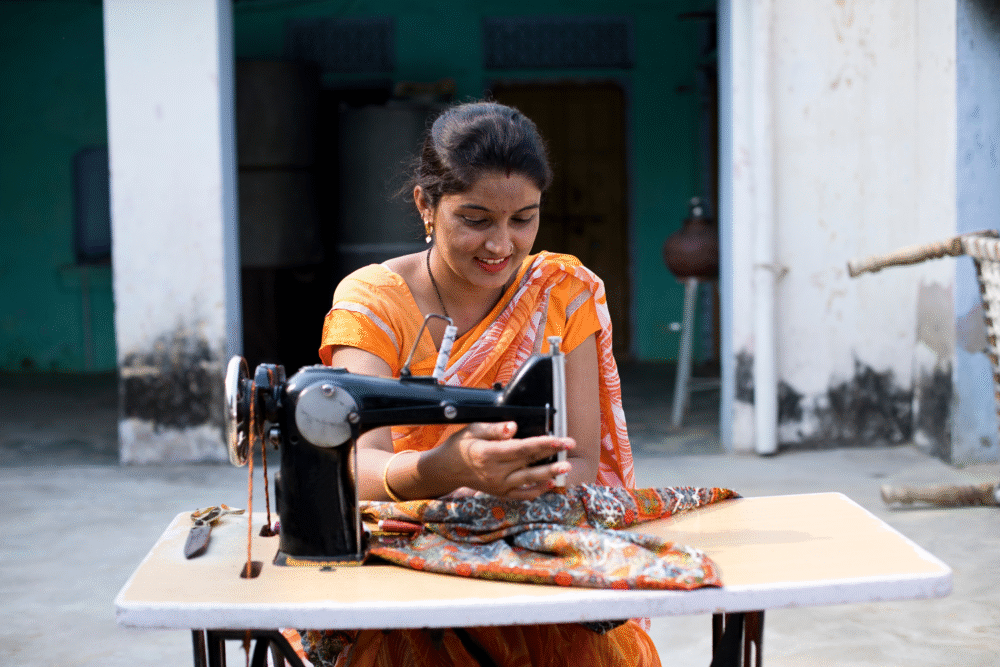
Mending wasn’t a hobby; it was policy. Grandparents hemmed, patched, and tailored until garments fit bodies, not sizes. A sturdy machine still turns frayed into favorite in minutes—and unlocks custom pieces without designer prices.
Fast fashion fatigue powers the comeback. Skills compound quickly, and the savings sneak up. You repair a seam today, then tackle a zipper, then draft a basic pattern. The machine becomes a tiny factory of self-reliance humming in the corner.
9. Hand-cranked can openers beat gimmicks.
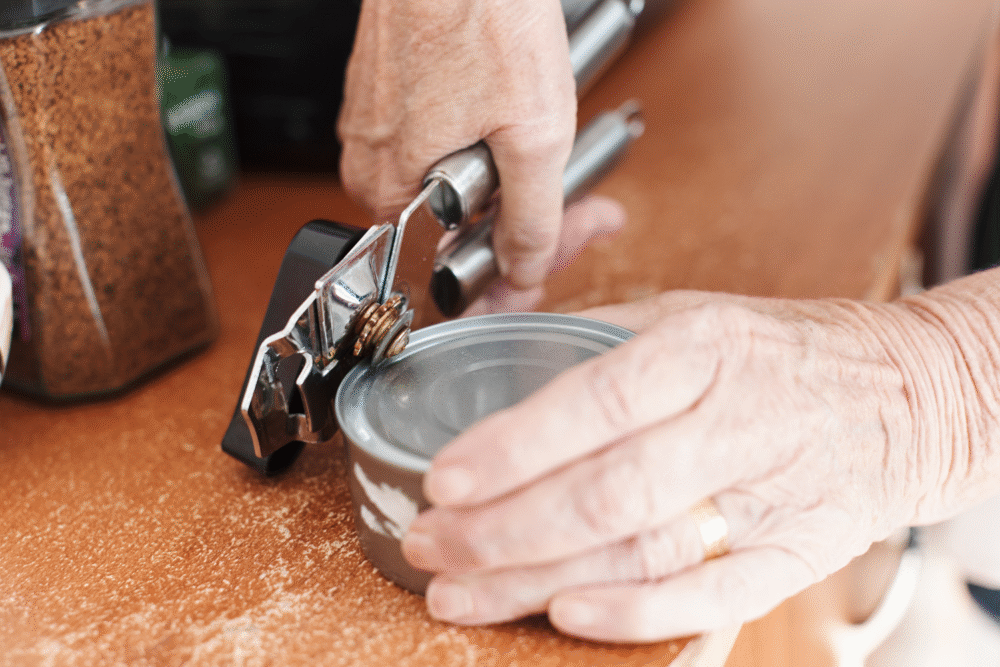
Simple gears, solid handles, and a blade you can sharpen. They never needed batteries and never slipped when built right. Grandparents valued tools that simply did the job every time, especially during storms and power cuts.
Modern drawers overflow with novelty. The humble opener returns because it’s immune to dead outlets and feature creep. It’s the difference between owning gadgets and owning gear. Reliability is elegance by another name.
10. Mason jars organize more than jam.
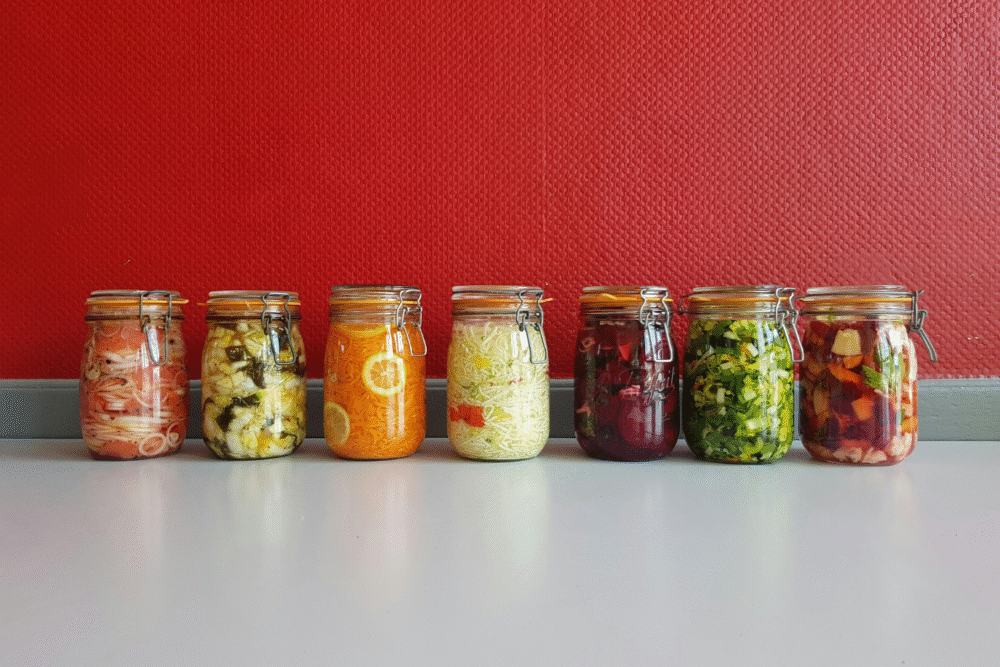
Canning jars once preserved summers; now they organize pantries, portion lunches, and corral screws in garages. They’re transparent, stackable, and indifferent to dishwashers. Grandparents trusted them because glass tells the truth—no lingering smells, no mystery stains.
The comeback solves clutter without buying “systems.” Lids interchange, sizes nest, and contents stay visible. You reclaim shelves and reduce plastic without trying. It’s order you can see at a glance, which is the only kind that lasts when life gets loud.
